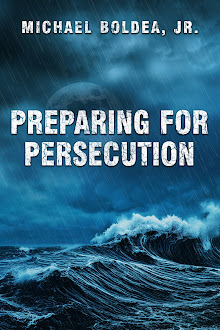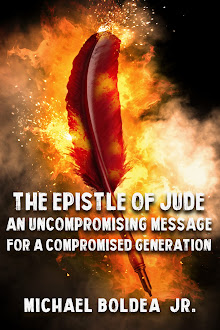Arborists. That’s what people who specialize in the care of trees are called. They’re different from horticulturists because a horticulturist is more focused on fruits, vegetables, or flowers, not necessarily trees. Horticulturists are also more study-oriented than actively trying to prune trees for optimal health and growth. I don’t know if it’s so much that those who can’t do teach, then it is the choice of a different specialty, but that’s the difference between the two, regardless.
Some even call arborists tree surgeons. If a tree needs a
surgeon, it’s not because it’s doing so well but because it’s sick and needs
immediate intervention in order to return to fruitfulness. A fruit tree’s
singular function is to produce fruit. To that end, whatever stands in the way
of its producing fruit must be done away with, eliminated, or cut away.
An arborist’s goal is to save the tree. It’s not to make the
tree feel good about itself; it’s not to validate the tree’s feelings nor to
justify the tree’s life choices. The arborist’s job is to make the tree
fruitful. As such, a malady will be identified; branches will get pruned, and
bark will get taken off, all so that the tree itself retains life and has what
is needed to produce the fruit it was planted to produce.
An arborist will also know whether or not a tree is mature
enough to produce the fruit it is expected to produce. They will not resort to
pruning needlessly if the tree needs more time to grow and, having grown, would
begin to produce the much sought-after fruit on its own.
When pruning occurs, be certain that it is necessary. When
pruning occurs, it is because it is required in order to produce a favorable
outcome.
If you’ve never seen a pruning knife, it’s a wicked-looking
thing. Let’s just say no one will ever mistake one for a feather duster. Most
of the time, it’s a hooked blade with a sharp point made in such a way wherein
the work can be delicate or medieval. You can trim surgically, or you can cut
savagely. The only other knife that elicits a visceral response, at least from
me, is a skinner. For some reason, a pruning knife or a well-worn skinner is
more menacing than a simple fixed-blade hunting knife.
I knew my way around a butterfly knife well enough when I was
younger. I even have some scars on my fingers to prove it. It’s flashier than
your skinner or pruning knife, but there’s still something about those two that
gets the imagination pumping.
To use either of those two efficiently, one needs
considerable practice, which will eventually give way to skill. You need to
know what you’re doing both with a pruning knife and with a skinner, and it’s
one of those things you can’t pretend at for very long. Both are tools. A tool
is only as good as the individual wielding it.
An arborist will not cut at a tree indiscriminately. He will
not hack away branches for the sake of esthetics, nor will he remove a healthy
and fruitful branch. He will do everything he can to maintain life flowing
through the branch because the alternative is to remove the branch altogether
and toss it into the fire.
It is the last resort but one that remains an option if the
branch refuses to bear fruit after all options have been exhausted. It may
sound mean, cold, heartless even, but it is a necessary course of action taking
into account the rest of the tree. Death spreads. Death devours. Death does not
remain stagnant. It seeks new life to consume, snuff out and extinguish.
We cannot treat malignancies as pets. We cannot have
affection for things that are killing us. Sin is a malignancy. Sin kills. Sin
will keep you from being fruitful, and given enough time, it will drain away
any semblance of life.
John 15:5-6, “I am the vine, you are the branches. He who
abides in Me, and I in him, bears much fruit; for without Me you can do
nothing. If anyone does not abide in Me, he is cast out as a branch and is
withered; and they gather them and throw them into the fire, and they are
burned.”
With love in Christ,
Michael Boldea, Jr.















No comments:
Post a Comment